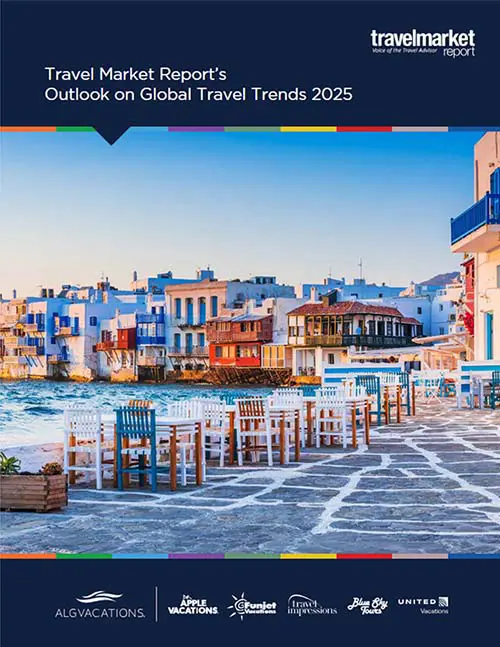When Will Omicron Peak and What’s the Future of COVID-19?
by Daniel McCarthy
Photo: Shutterstock.com
Just as the world felt like it was moving past the pandemic and life was returning to normal, skyrocketing COVID cases around the world caused by the latest variant Omicron has thrown a wrench in those plans.
So when will Omicron peak? And what’s the future of the pandemic? According to Dr. Scott Gottlieb, the former FDA Commissioner and member of the Healthy Sail Panel, there is reason to be optimistic despite the uncertainty.
The world is in year three of the pandemic, which, when looking at past pandemics, is a reason for optimism in itself.
“Pandemics don’t last forever,” he said. “Past pandemics have lasted two to five years. We are now three years into this. Given the fact that this has spread more quickly around the world…you would expect that this would be the final year of the pandemic,” Gottlieb said on Thursday during a call hosted by Norwegian Cruise Line Holdings.
“I think this is going to be the year we start to transition out of the pandemic phase of this virus
It is more of an endemic phase…an issue that fades into the backgrounds of our daily lives,” he added.
Omicron’s Peak
Omicron very much brought the pandemic back into personal and business lives as flight crews around the country continue to deal with staffing issues, cruise lines make wholesale changes, and borders close and reopen.
While it was certainly a major cause of concern for so many, things could look very different soon because, according to Gottlieb, Omicron is “peaking right now.”
“If you look at the epidemiology on the East Coast and the Tri-State and New England, you are seeing cases come down week-over-week,” he said. “A declining epidemic curve is now visible.”
Early outbreak states, hit hard by Omicron, are starting to see a declining pandemic curve, he added. New York, for instance, is seeing probable cases, as measured by the State, decrease steadily from its high at the beginning of the year and is very clearly at the latter half of the Omicron curve, even though it is still dealing with a high number of cases.
States that haven’t yet been hit by Omicron are still expected to be, too.
States in the Midwest and in the Southwest and Heartland of the country that has typically been two weeks behind the East coast probably “have another two weeks to go” with Omicron before the peak.
However, there is good news for those states and for other areas of the world that have not yet gotten Omicron’s wave—the speed at which the infection spreads, compared to other variants, is much faster and, “the way down looks a lot like the way up,” Gottlieb said.
The Pandemic After Omicron
The future after that remains uncertain, Gottlieb said, but the level of infection combined with the level of vaccination sets up for a positive spring.
“My presumption is that when we get into the spring…I would expect prevalence to be very low,” he said, adding that last summer infection rates were below 10 cases per 100,000 per day.
The expectation for this summer, according to Gottlieb, is for it to be even lower than that, to a point where “we stop actively reporting and measuring it,” he said. “That will be the Spring when we get to those really low levels and I think certainly by February we are going to be way down this epidemic curve.”
The big call from Gottlieb, who told attendees on the call that he and his family, including his young children, are planning on going on a cruise this summer, was that ‘folks are going to reclaim these things this summer.”
“We thought last summer would be the summer when everyone released and felt that this was over…but then Delta came along and I think it really pierced that narrative. I am hard-pressed to think something is going to come along this summer that would pierce that narrative in the same way,” he said.
“I think this is going to fade into people’s conscience come this summer,” he said, adding that by Fall, “it will become an endemic virus like other respiratory pathogens.”
COVID-19’s Future
There’s a level of uncertainty that came with COVID and its mutation that’s not going away. Predictions that it will turn into the flu or common cold are made constantly, but what happens is still anyone’s guess.
For Gottlieb, COVID would start acting like the flu “in a bad scenario” as flu prevalence, something that has disappeared over the last two years, is still fairly high. His expectation is that the level of immunity against the virus will all allow society to put COVID on a lower level of worry than the flu.
In fact, next year the risk “might not be from this coronavirus but might be from the flu.”
“In the past two years we haven’t put flu immunity into the population…at some point at the back end of this we are going to have a bad flu season,” he said.
























